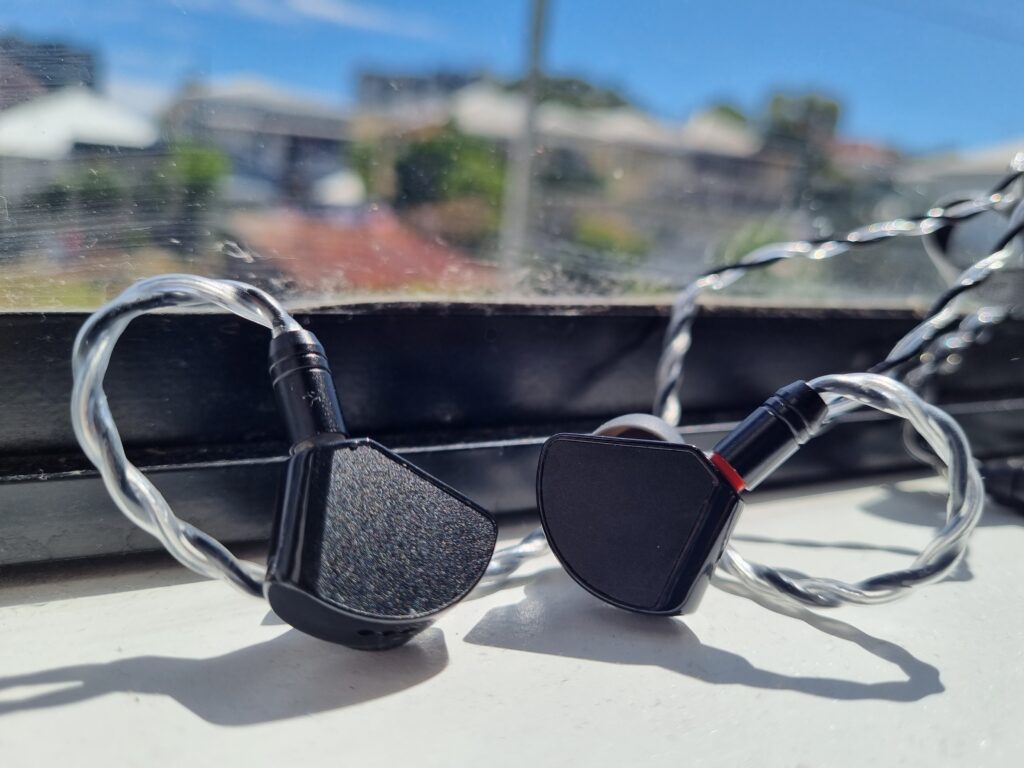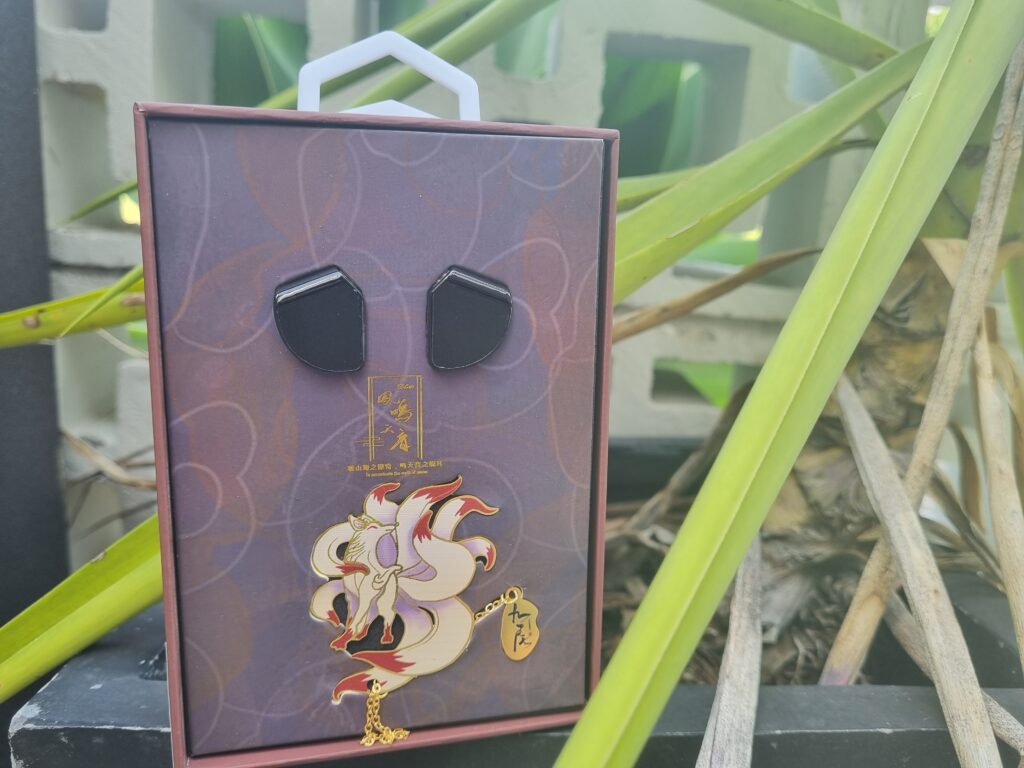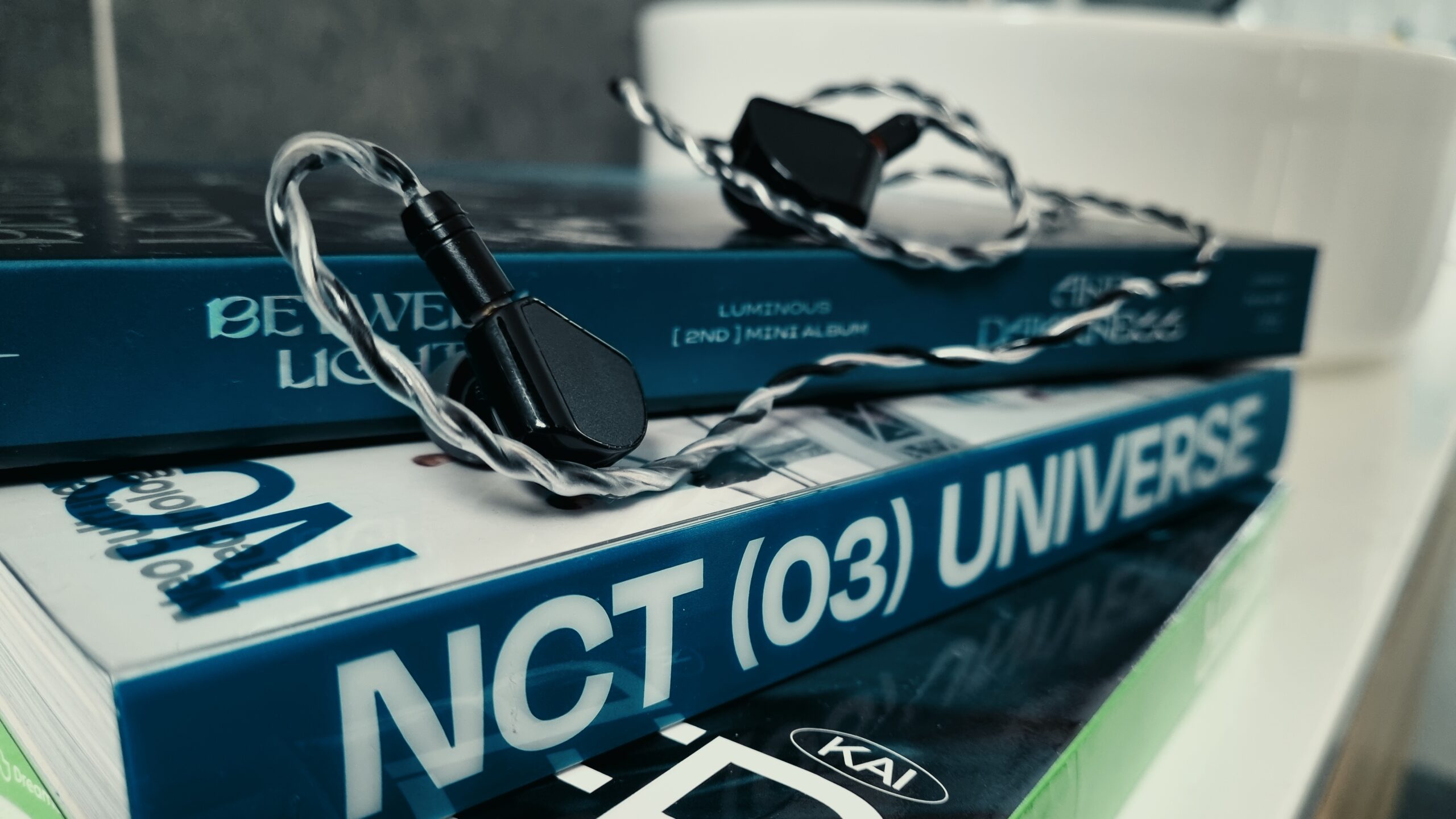Driveability:

Thankfully, the Gumiho follows in the footsteps of its planar forebears. The Gumiho is rated with a mechanical impedance of 9 ohms and 106dB of sensitivity. In layman’s terms, it is a sensitive IEM that requires little to no driving power to reach listenable volumes.
And because of its laid-back and easy-going sound signature, it synergises well and yields minuscule shifts in sonic presentation between the dongle DAC/amps I paired with it (The Colorfly CDA M1 and Tanchjim Space). The Gumiho, therefore, does not deviate from its base signature.
Comparisons:
DDHifi Janus 2
Introduction
DDHifi Electronics Co. Ltd (DDHifi for short) was founded in 2017, specialising in the manufacture of IEM peripherals and accessories, from portable dongle DAC/amps to high-quality carry cases.
In a change of pace, DDHifi released the unexpected Janus, an earphone showcasing a novel flexible FBCB (circuit board) design that connects to their 10mm high-speed dynamic drivers.
Priced at $199.99, the Janus 2 is multiples in price compared to the Gumiho. But being an older release, let’s see how both options fare against one another.
Sound Signature
The Janus 2 is an aggressively-tuned monitor with a strong emphasis on upper-midrange detail and forwardness, with a leaner mid-bass punch for a dynamic contrast in transient performance. Accordingly, the Janus 2 manages to eke out as much microdynamic detail at the upper registers as possible, to the detriment of sounding brassy, splashy and artificially bright. Raw detail retrieval in the upper-midrange and treble regions is prioritised at the expense of timbral realism and note thinness.
Here, the Gumiho adopts a more restrained and sophisticated approach versus the Janus 2’s hawkish tuning. The Gumiho toes the line between upper-mid detail and overall harshness, where eliminating treble harshness and resonant peaks remain priority number one. The inherent sharpness of Janus 2’s presentation is nowhere to be seen. To my surprise, the Gumiho manages to match the Janus 2’s ability to present subtle microdynamic details in the upper registers sans the brittleness.
However, the Janus 2’s dexterity and responsiveness to spontaneous swings in amplitude display tighter control on transient speeds and decay, where each note strikes with authority and verve. Comparatively, the Celeste Gumiho doesn’t quite reach the same heights, where notes sluggishly linger in the foreground a smidgen longer. Soundstaging and imaging between them are on par with one another, with the Janus 2 edging the Gumiho slightly in terms of ease of identifiability between instruments/vocals.
Conclusive Remarks

We live in exciting times. Celeste has managed to cram what was considered “expensive technologies” into a competitively-priced product. While the minor suckout in the lower midrange does belie its overall capacity for midrange transparency, the Gumiho is a gracefully-tuned IEM with good technical prowess and a masterful tuning that’s versatile with all genres of music.



